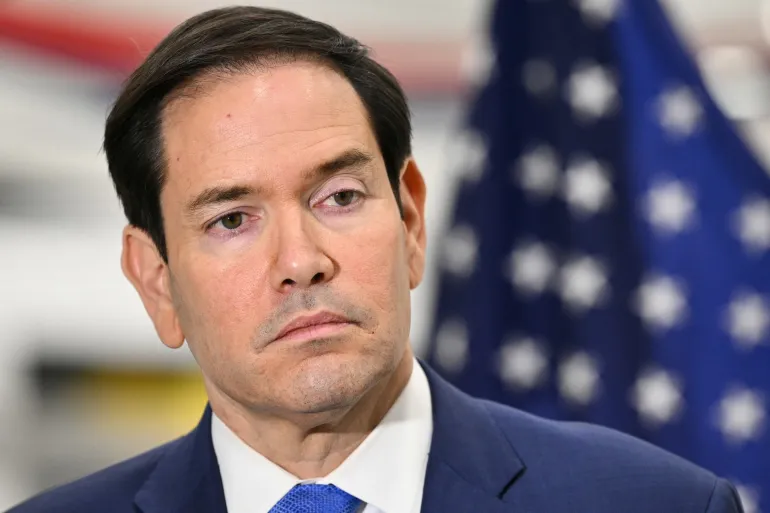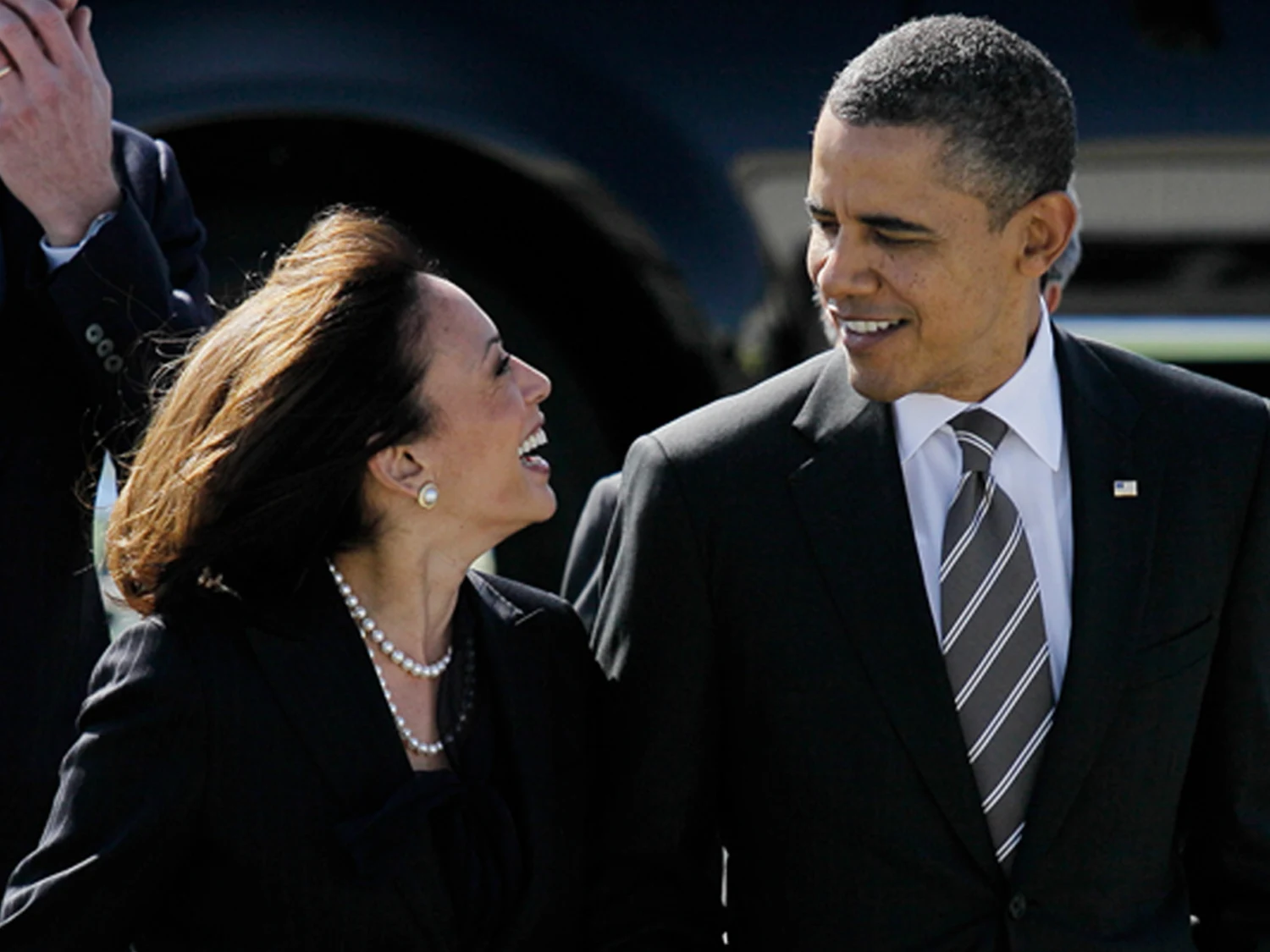CNN, Al Jazeera, and AP contributed to this report.
The Trump administration is kicking around a new idea to pry loose America’s frozen housing market: let homeowners take their low mortgage rate with them when they move.
On Wednesday, Federal Housing Finance Agency Director Bill Pulte said his agency is “actively evaluating” so-called portable mortgages, a product that’s common in a few other countries but virtually unheard of in the US The goal is simple enough: convince owners sitting on ultra-cheap loans to finally list their homes and boost desperately low supply.
Pulte, who oversees Fannie Mae and Freddie Mac, also said officials are looking at making more loans assumable and even floating a 50-year mortgage option. Taken together, it’s a sign the administration knows high rates and tight supply have turned homeownership into a long shot for millions of buyers.
Right now, just over half of US homeowners with a mortgage are locked in below 4%, according to a Redfin analysis of FHFA data. Meanwhile, new borrowers are staring at rates that have been stuck between 6% and 7% for years. That gap has created what economists call the “lock-in effect”: owners who’d normally trade up or down are staying put rather than give up a cheap loan and sign up for hundreds more per month in interest.
Portable mortgages are pitched as a way to crack that stalemate.
In basic terms, a portable mortgage lets you pick up your existing home loan and move it to a new property instead of taking out a brand-new loan at today’s higher rates. Imagine you bought a house years ago for $400,000 at a 3% fixed rate and you’ve paid the balance down to $200,000. Under a portable setup, you sell that house and transfer the remaining $200,000 loan — and its 3% rate — to your next place.
Things get more complicated if the new home costs more than what you still owe. Say the new place is $450,000. You’d keep your $200,000 portable loan at 3%, then cover the extra $250,000 with either cash or a second mortgage, likely at the higher market rate. That structure could still save you real money versus taking out the entire $450,000 at 6% or 7%, and in theory it makes moving a lot less financially painful for people with low existing rates.
Housing economist Susan Wachter of the Wharton School says that kind of flexibility really could coax some owners off the sidelines and put more homes on the market. But she’s quick to add a caveat: the effect on supply would probably be limited, and the policy could come with side effects that hit everyone, not just movers.
One big concern sits deep inside the plumbing of the mortgage market: mortgage-backed securities. US home loans are routinely bundled into these securities and sold to investors, who rely on a mix of interest payments and early payoffs when people sell or refinance. If portable mortgages suddenly mean that loans stick around much longer and don’t get paid off when a home sells, investors lose a key part of that payoff pattern. More risk for them usually means one thing for borrowers: higher interest rates overall.
There’s also a legal headache. Every mortgage is a contract tied to a specific property, down to the street address and legal description of the lot. Moving that loan to a different house means tearing up and rewriting what is, in most cases, a pretty rigid agreement. Justin Demola, president of the lender alliance Lenders One, didn’t sugarcoat it, calling the idea a “logistical nightmare” and asking the obvious question: how do you “take” the mortgage to the next property when everything in the contract is built around the first one?
Because Fannie Mae and Freddie Mac touch more than half of all US mortgages, Pulte’s comments matter. But the FHFA isn’t offering much detail yet, saying only that it’s studying a wide variety of options to bring down housing costs. Some changes might be possible through agency rules, but a true portable-mortgage system may eventually need Congress to rewrite pieces of federal housing and securities law.
Portable mortgages aren’t the only big idea on the table. The administration is also looking at a 50-year mortgage, a proposal that’s already been slammed by many housing experts and even some Trump allies. Longer loans can shave a bit off monthly payments, but they dramatically increase the total interest a borrower pays and slow down how quickly homeowners build equity. Critics warn that buyers might simply use the lower payment to stretch for bigger, more expensive homes, pushing prices up and wiping out any affordability gain.
Officials have also floated expanding the use of assumable loans, which let a buyer step into the seller’s existing mortgage and take over their rate. Many government-backed loans, such as FHA mortgages, already allow assumption, and there are niche companies dedicated to connecting buyers with sellers who have attractive loans. But assumable mortgages come with the same basic problem as portable ones: unless the buyer can write a big check for the seller’s equity, they usually need a second mortgage to cover the difference, often at a less favorable rate. Demola noted that assumable loans “have been around forever” and yet are rarely used in practice.
All of this is unfolding against the backdrop of a record-setting government shutdown and an increasingly heated political fight over inflation, the cost of living, and who is to blame for a housing affordability crisis that’s been building for more than a decade. Trump has been tossing out big-sounding ideas at a rapid pace, from 50-year mortgages to direct health-care payments and tariff “dividends,” many of which may never make it off social media.
Portable mortgages, though, are a bit different. They’re not a slogan; they’re a technical change to how the most important consumer loan in America is structured. Whether that ends up easing the crunch or just reshuffling the costs is exactly what regulators, lenders and housing economists are now trying to figure out — before anyone gets the chance to carry their 3% rate into a new front door.








The latest news in your social feeds
Subscribe to our social media platforms to stay tuned